3D RBSM Analysis of Bond Degradation in Corroded Reinforced Concrete as Observed Using Digital Image Correlation
Abstract
:1. Introduction
2. Simulation Method
2.1. 3D Rigid Body Spring Model (RBSM)
2.2. Constitutive Model
2.3. Bond Degradation Model
3. Simulation Scheme and Models
3.1. Considered Experimental Study
3.2. Simulation Model
3.3. Analysis Cases
4. Results and Discussion
4.1. Load-Slip Behavior
4.2. Crack Propagation and Strain Distribution Using DIC
4.3. Local Opening and Sliding Behavior
5. Conclusions
- Load-slip results from the simulation are similar to those measured in the experiment for the uncorroded case. However, for the corroded model, the reduction in load at failure is appropriately simulated, but the simulated response was much stiffer than that seen in the experiment.
- Through DIC-derived strain maps, it was determined from the experiment on a corroded specimen that mechanical interaction had been degraded as a result of the corrosion-induced reduction in rib height. In this case, no diagonal cracking was manifest. However, in the simulated corroded model, since rib height cannot be reduced mid-computation, mechanical interaction continued to take place.
- Detailed observation of failure at the interface showed that, in the experiment, bond failure occurred due to clear de-bonding between reinforcement and surrounding concrete. On the other hand, in the simulation, no such de-bonding was observed even in the corroded model, as the concrete elements remained attached to their neighboring steel elements.
- In comparing the opening and sliding relationships obtained from the simulation at the rib tip to the experiment results, it was observed that the simulated maximum value of opening is significantly less than that in the experiment, even for the uncorroded model. It is clear that as concrete elements remain attached to steel elements in the simulation, opening above the tip of the ribs is restricted.
Author Contributions
Funding
Institutional Review Board Statement
Informed Consent Statement
Conflicts of Interest
References
- Tepfers, R. Cracking of concrete cover along anchored deformed reinforcing bars. Mag. Concr. Res. 1979, 31, 3–12. [Google Scholar] [CrossRef]
- Eligehausen, R.; Popov, E.P.; Bertero, V.V. Local Bond Stress-Slip Relationships of Deformed Bars under Generalized Excitations; University California: Berkeley, CA, USA, 1983. [Google Scholar]
- Shima, H.; Chou, L.L.; Okamura, H. Micro and macro models for bond in reinforced concrete. J. Fac. Eng. Univ. Tokyo 1987, 39, 133–194. [Google Scholar]
- Metelli, G.; Plizzari, G.A. Influence of the relative rib area on bond behaviour. Mag. Concr. Res. 2014, 66, 277–294. [Google Scholar] [CrossRef]
- Skorobogatov, S.; Edwards, A. The influence of the geometry of deformed steel bars on their bond strength in concrete. Proc. Inst. Civ. Eng. 1979, 67, 327–339. [Google Scholar] [CrossRef]
- Lutz, L.A.; Gergely, P. Mechanics of bond and slip of deformed bars in concrete. J. Proc. 1967, 64, 711–721. [Google Scholar]
- Zandi Hanjari, K.; Coronelli, D.; Lundgren, K. Bond capacity of severely corroded bars with corroded stirrups. Mag. Concr. Res. 2011, 63, 953–968. [Google Scholar] [CrossRef]
- Coronelli, D.; Hanjari, K.Z.; Lundgren, K. Severely corroded RC with cover cracking. J. Struct. Eng. 2013, 139, 221–232. [Google Scholar] [CrossRef]
- Rasmussen, L.L.; de Assis, A.P. Elastically-homogeneous lattice modelling of transversely isotropic rocks. Comput. Geotech. 2018, 104, 96–108. [Google Scholar] [CrossRef]
- Alonso, C.; Andrade, C.; Rodriguez, J.; Diez, J.M. Factors controlling cracking of concrete affected by reinforcement corrosion. Mater. Struct. 1998, 31, 435–441. [Google Scholar] [CrossRef]
- Lin, H.; Zhao, Y.; Feng, P.; Ye, H.; Ozbolt, J.; Jiang, C.; Yang, J.-Q. State-of-the-art review on the bond properties of corroded reinforcing steel bar. Constr. Build. Mater. 2019, 213, 216–233. [Google Scholar] [CrossRef]
- Lin, H.; Zhao, Y. Effects of confinements on the bond strength between concrete and corroded steel bars. Constr. Build. Mater. 2016, 118, 127–138. [Google Scholar] [CrossRef]
- Avadh, K.; Jiradilok, P.; Bolander, J.E.; Nagai, K. Mesoscale simulation of pull-out performance for corroded reinforcement with stirrup confinement in concrete by 3D RBSM. Cem. Concr. Compos. 2021, 116, 103895. [Google Scholar] [CrossRef]
- Beeby, A.W.; Scott, R.H. Cracking and deformation of axially reinforced members subjected to pure tension. Mag. Concr. Res. 2005, 57, 611–621. [Google Scholar] [CrossRef]
- Russo, G.; Romano, F. Cracking response of RC members subjected to uniaxial tension. J. Struct. Eng. 1992, 118, 1172–1190. [Google Scholar] [CrossRef]
- Imperatore, S.; Rinaldi, Z.; Spagnuolo, S. Influence of corrosion on the experimental behaviour of R.C. Ties. Eng. Struct. 2019, 198, 109458. [Google Scholar] [CrossRef]
- Moodi, Y.; Sohrabi, M.R.; Mousavi, S.R. Corrosion effect of the main rebar and stirrups on the bond strength of RC beams. Structures 2021, 32, 1444–1454. [Google Scholar] [CrossRef]
- Belletti, B.; Rodríguez, J.; Andrade, C.; Franceschini, L.; Sánchez Montero, J.; Vecchi, F. Experimental tests on shear capacity of naturally corroded prestressed beams. Struct. Concr. 2020, 21, 1777–1793. [Google Scholar] [CrossRef]
- Soltani, M.; Safiey, A.; Brennan, A. A State-of-the-Art Review of Bending and Shear Behaviors of Corrosion-Damaged Reinforced Concrete Beams. Struct. J. 2019, 116, 53–64. [Google Scholar] [CrossRef]
- Juarez, C.A.; Guevara, B.; Fajardo, G.; Castro-Borges, P. Ultimate and nominal shear strength in reinforced concrete beams deteriorated by corrosion. Eng. Struct. 2011, 33, 3189–3196. [Google Scholar] [CrossRef]
- Toongoenthong, K.; Maekawa, K. Multi-mechanical approach to structural performance assessment of corroded RC members in shear. J. Adv. Concr. Technol. 2005, 3, 107–122. [Google Scholar] [CrossRef]
- Lundgren, K. Modelling the effect of corrosion on bond in reinforced concrete. Mag. Concr. Res. 2002, 54, 165–173. [Google Scholar] [CrossRef]
- Ožbolt, J.; Oršanić, F.; Balabanić, G.; Kušter, M. Modeling damage in concrete caused by corrosion of reinforcement: Coupled 3D FE model. Int. J. Fract. 2012, 178, 233–244. [Google Scholar] [CrossRef]
- Ožbolt, J.; Oršanić, F.; Balabanić, G. Modeling pull-out resistance of corroded reinforcement in concrete: Coupled three-dimensional finite element model. Cem. Concr. Compos. 2014, 46, 41–55. [Google Scholar] [CrossRef]
- Law, D.W.; Tang, D.; Molyneaux, T.K.C.; Gravina, R. Impact of crack width on bond: Confined and unconfined rebar. Mater. Struct. 2011, 44, 1287–1296. [Google Scholar] [CrossRef]
- Cusatis, G.; Pelessone, D.; Mencarelli, A. Lattice discrete particle model (LDPM) for failure behavior of concrete. I: Theory. Cem. Concr. Compos. 2011, 33, 881–890. [Google Scholar] [CrossRef]
- Schlangen, E.; van Mier, J.G.M. Simple lattice model for numerical simulation of fracture of concrete materials and structures. Mater. Struct. 1992, 25, 534–542. [Google Scholar] [CrossRef]
- Aydin, B.B.; Tuncay, K.; Binici, B. Simulation of reinforced concrete member response using lattice model. J. Struct. Eng. 2019, 145, 04019091. [Google Scholar] [CrossRef]
- Kawai, T. New discrete models and their application to seismic response analysis of structures. Nucl. Eng. Des. 1978, 48, 207–229. [Google Scholar] [CrossRef]
- Jiradilok, P.; Wang, Y.; Nagai, K.; Matsumoto, K. Development of discrete meso-scale bond model for corrosion damage at steel-concrete interface based on tests with/without concrete damage. Constr. Build. Mater. 2020, 236, 117615. [Google Scholar] [CrossRef]
- Jiradilok, P.; Nagai, K.; Matsumoto, K. Meso-scale modeling of non-uniformly corroded reinforced concrete using 3D discrete analysis. Eng. Struct. 2019, 197, 109378. [Google Scholar] [CrossRef]
- Avadh, K.; Jiradilok, P.; Bolander, J.E.; Nagai, K. Direct observation of the local bond behavior between corroded reinforcing bars and concrete using digital image correlation. Cem. Concr. Compos. 2021, 123, 104180. [Google Scholar] [CrossRef]
- Okeil, A.; Matsumoto, K.; Nagai, K. Investigation on local bond behavior in concrete and cement paste around a deformed bar by using DIC technique. Cem. Concr. Compos. 2020, 109, 103540. [Google Scholar] [CrossRef]
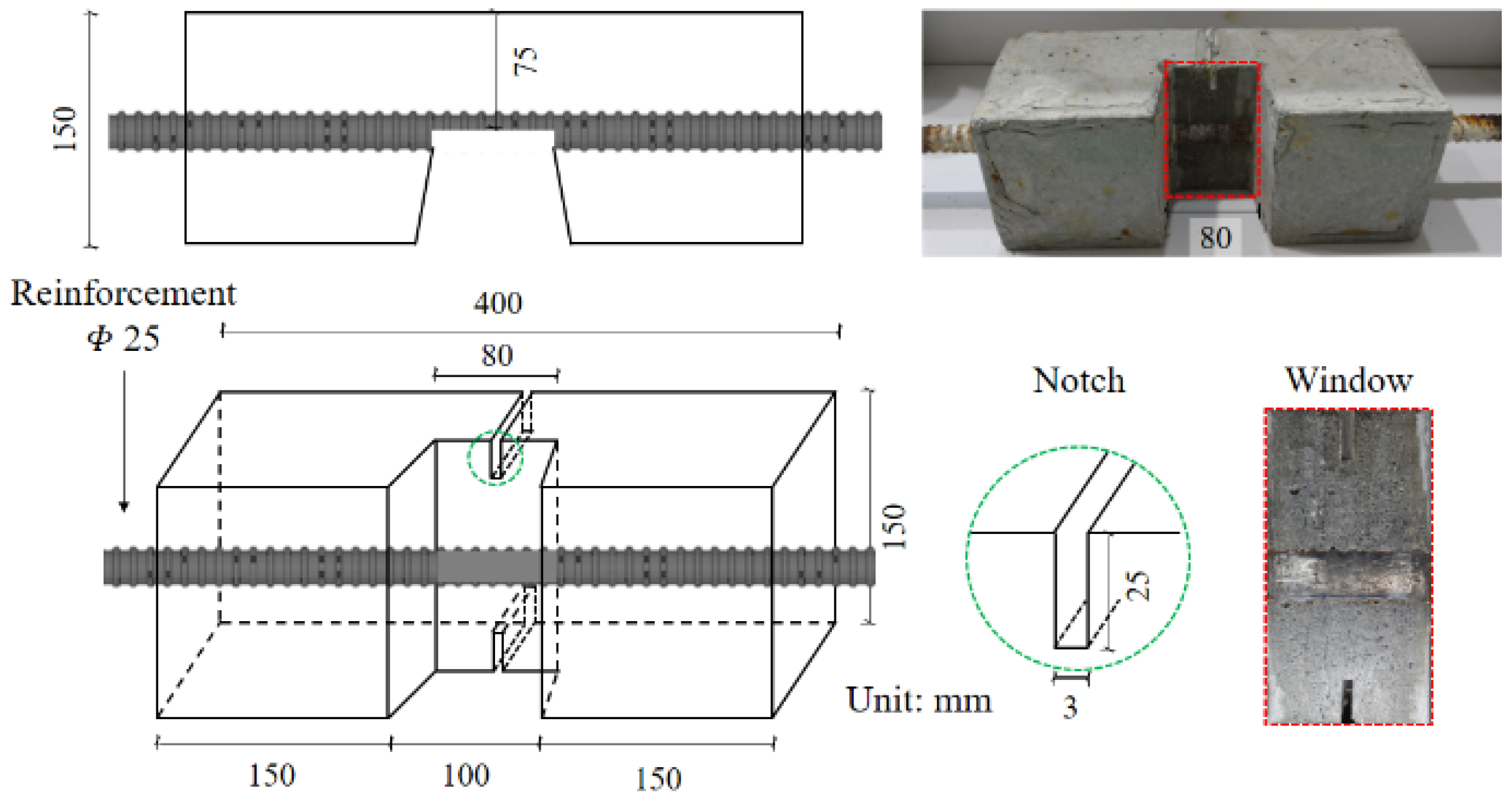



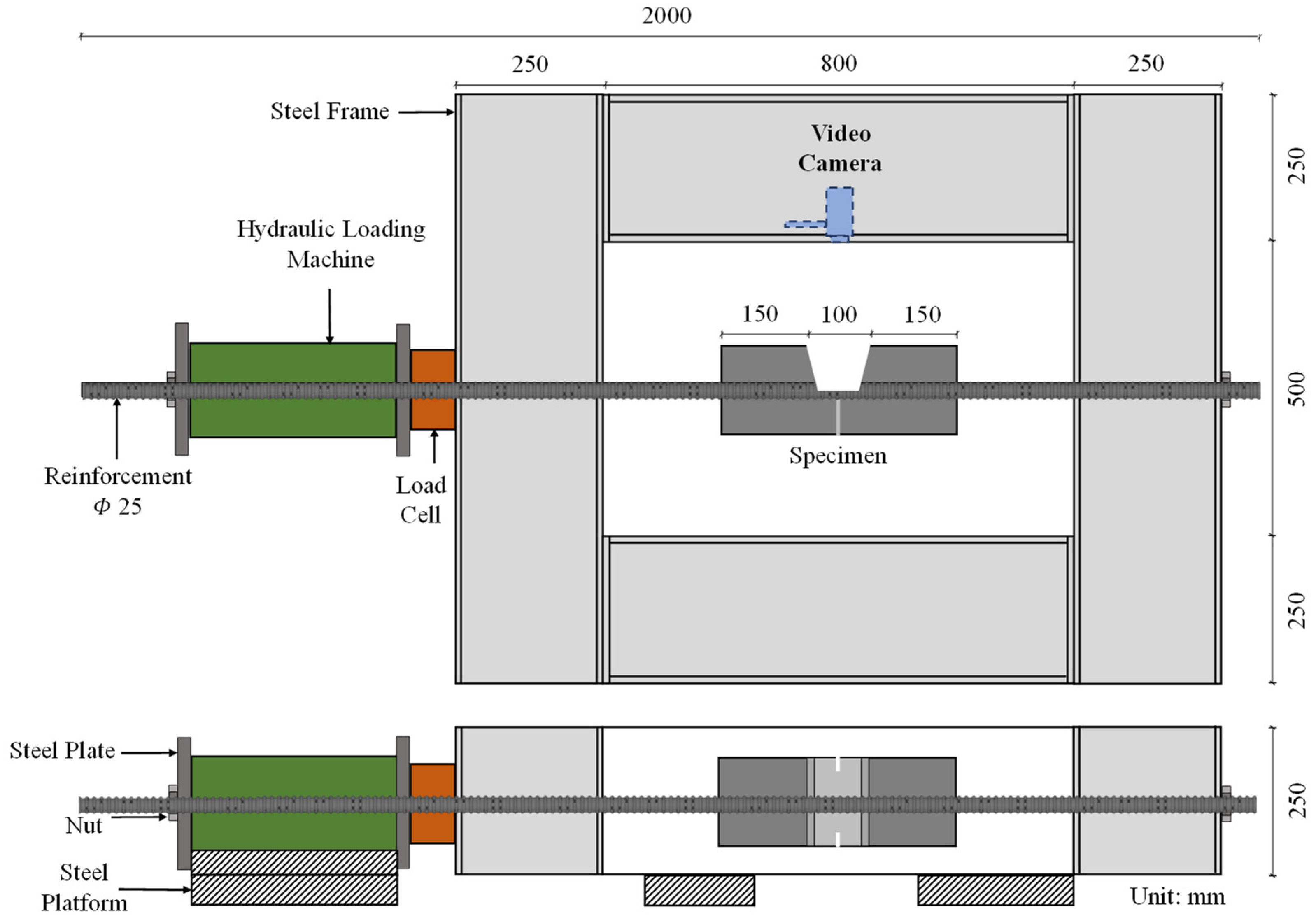
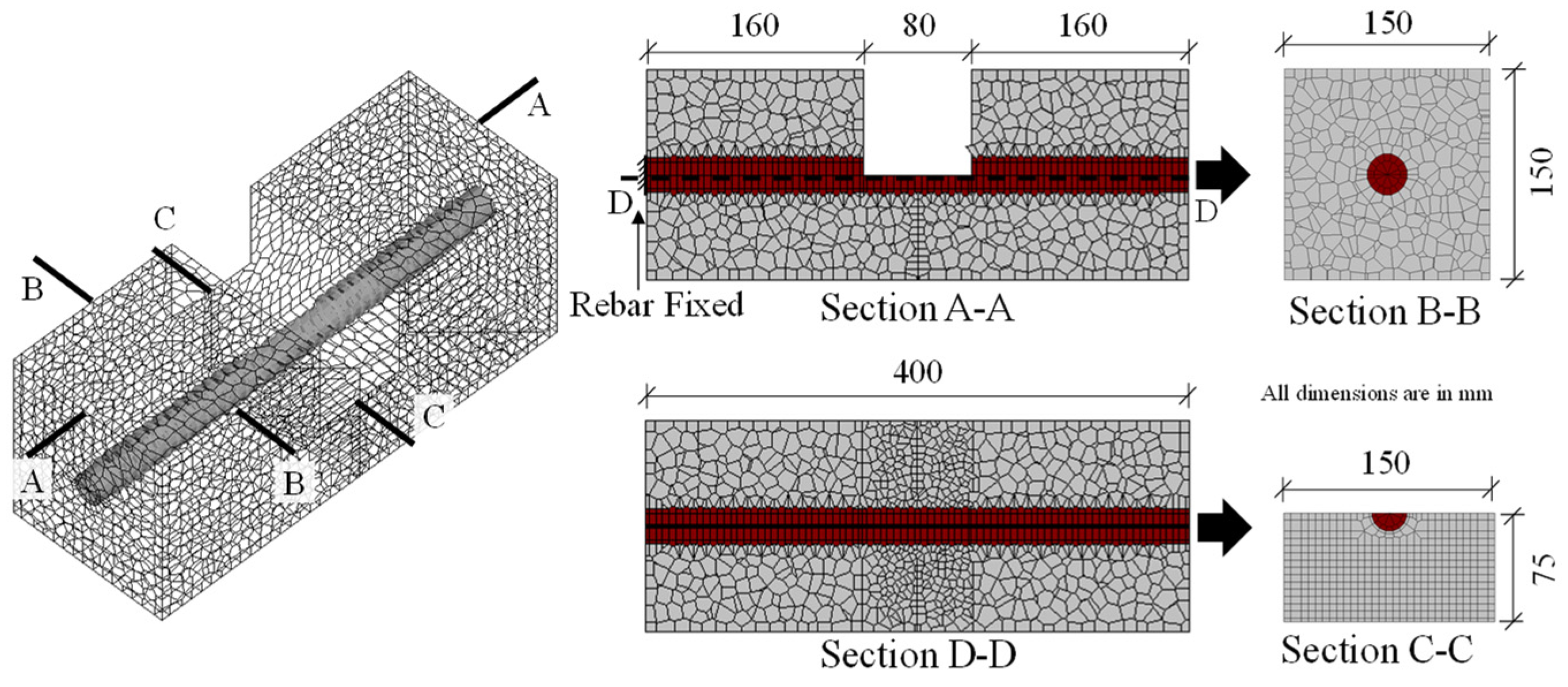
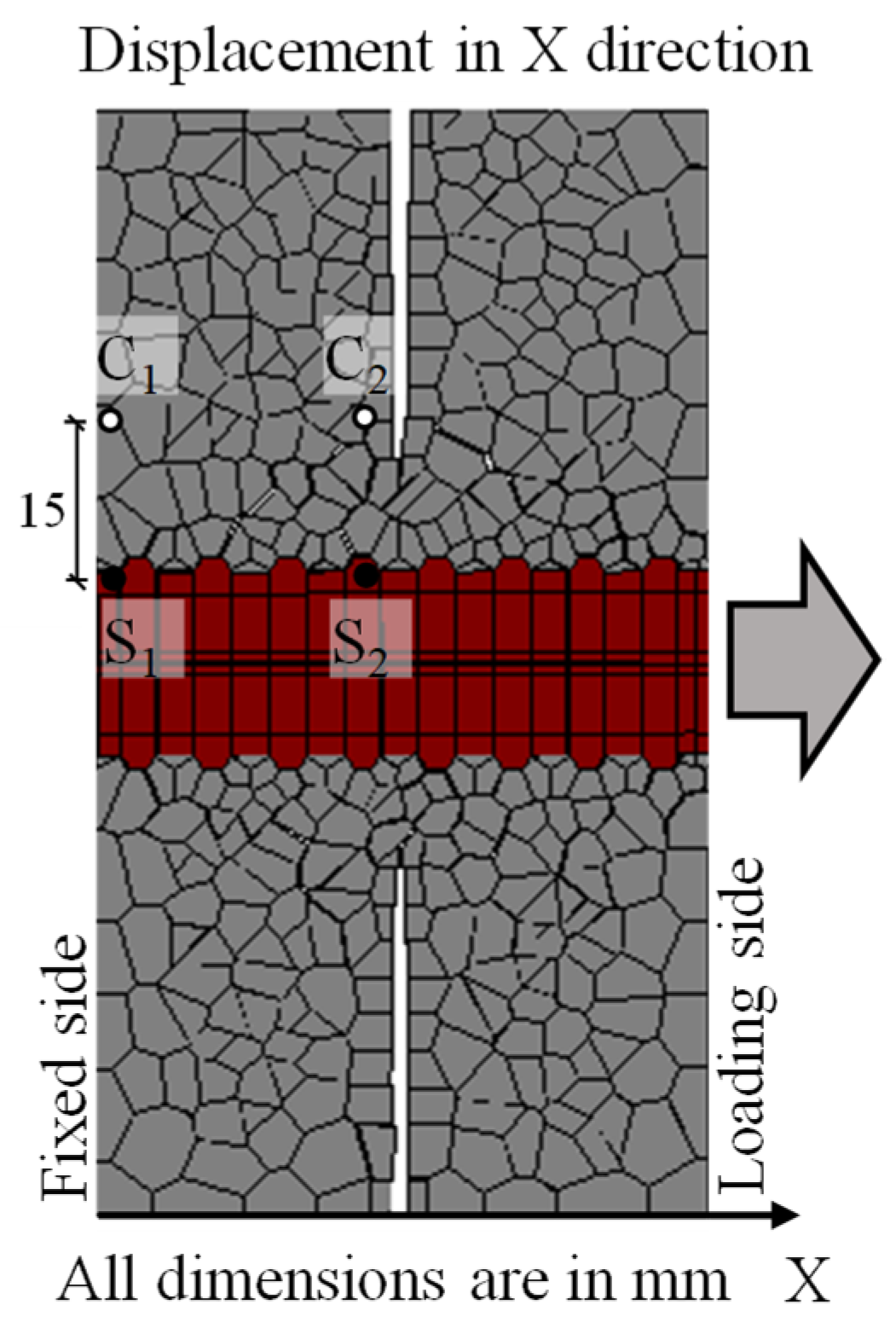
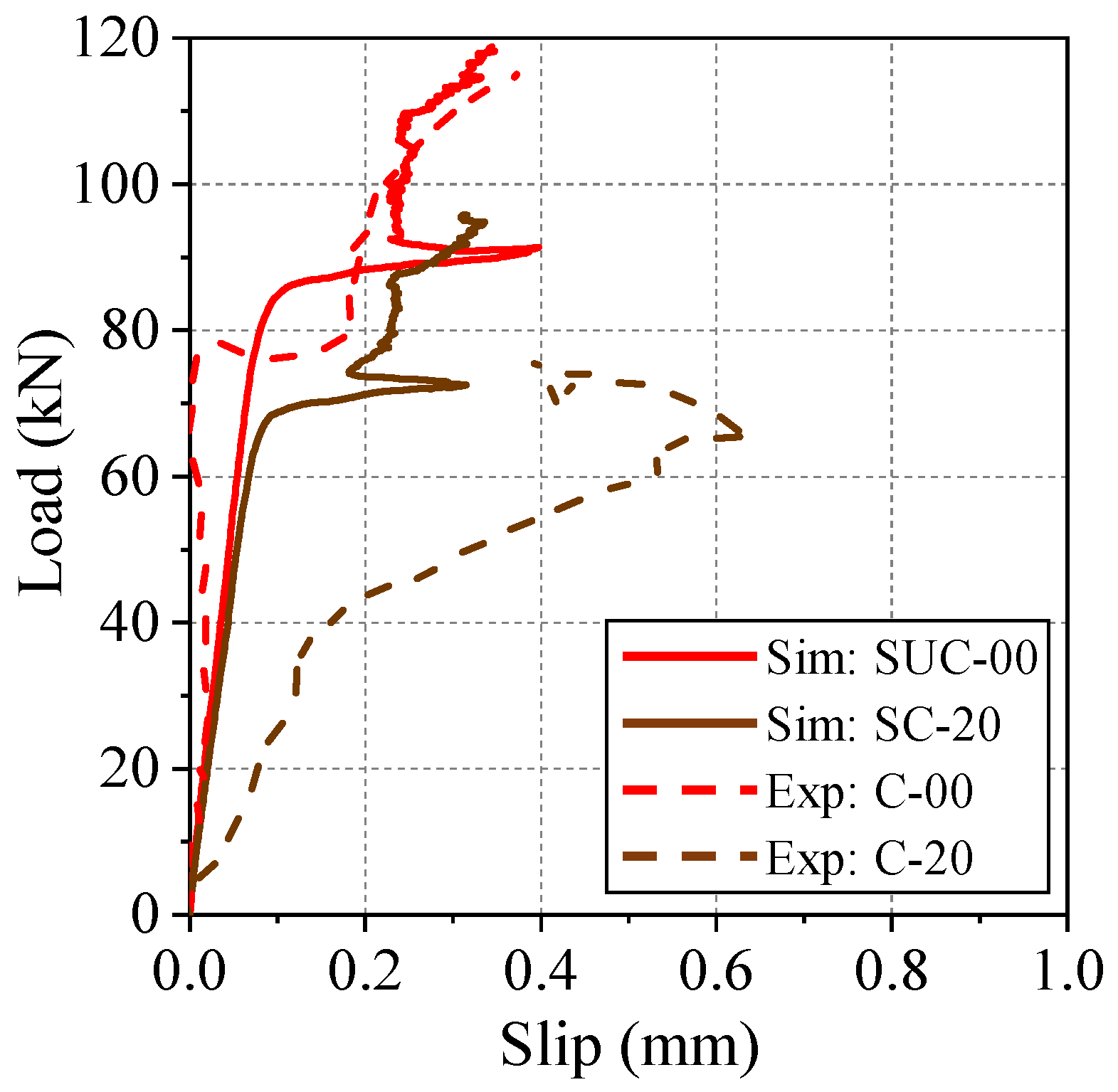

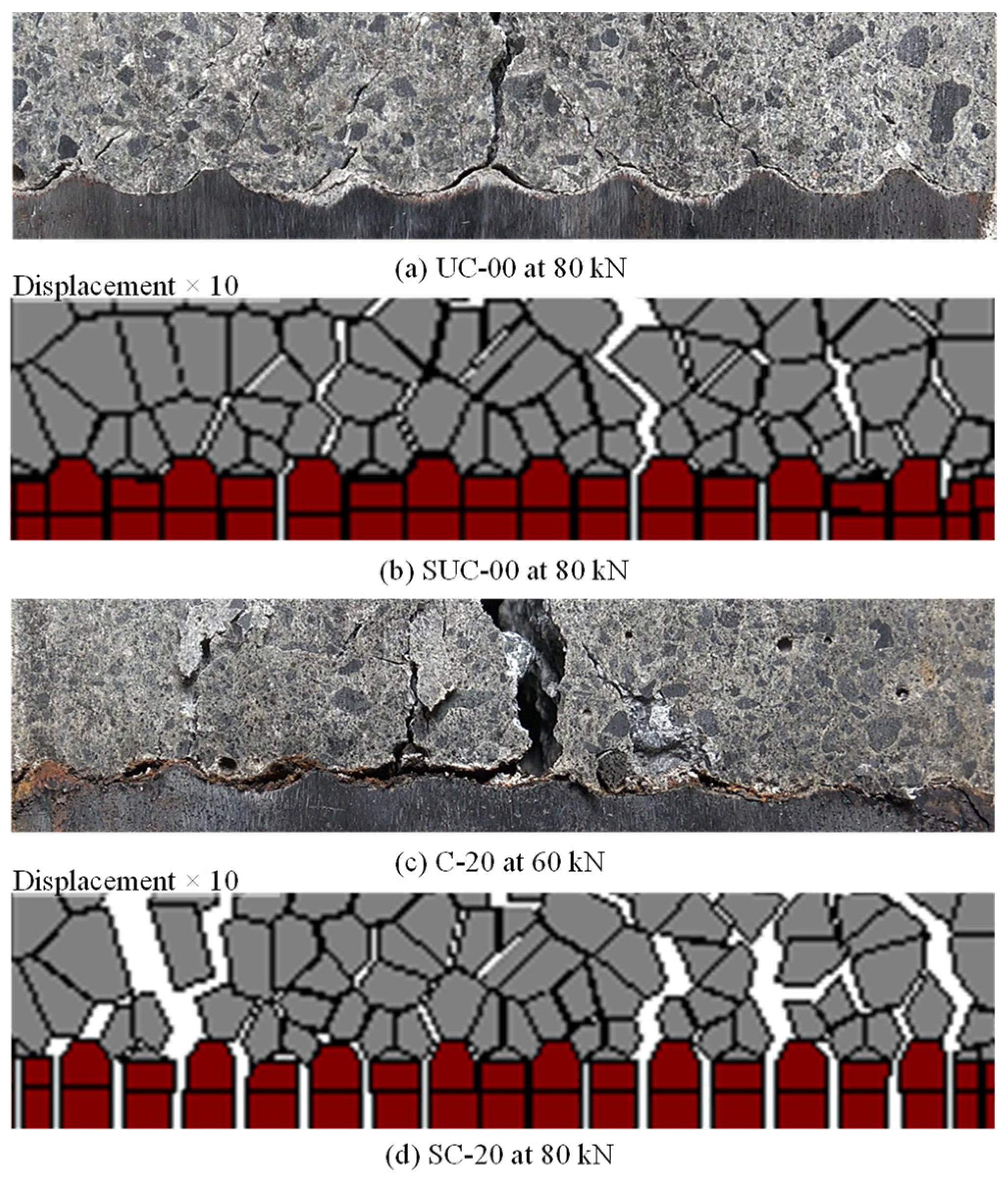
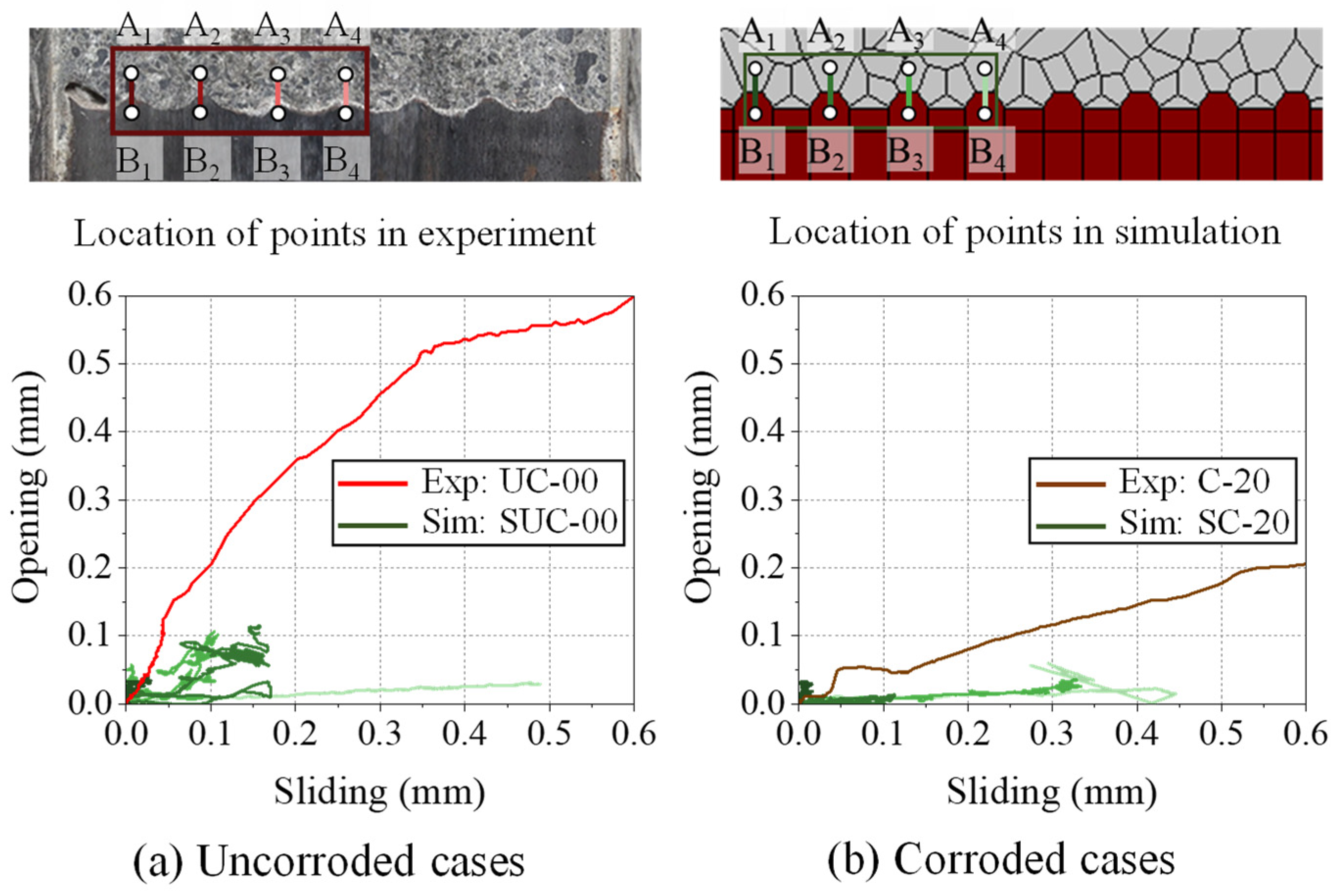
| Property | Concrete | Reinforcing Bar |
| Tensile strength (MPa) | 2.6 | - |
| Elastic modulus (MPa) | 27,000 | 190,000 |
| Yield strength (MPa) | - | 345 |
| Experiment | Simulation | ||
|---|---|---|---|
| Specimen | Degree of Corrosion (x%) | Model | Degree of Corrosion (x%) |
| UC-00 | 0 | SUC-00 | 0 |
| C-20 | 20 | SC-20 | 20 |
Publisher’s Note: MDPI stays neutral with regard to jurisdictional claims in published maps and institutional affiliations. |
© 2022 by the authors. Licensee MDPI, Basel, Switzerland. This article is an open access article distributed under the terms and conditions of the Creative Commons Attribution (CC BY) license (https://creativecommons.org/licenses/by/4.0/).
Share and Cite
Avadh, K.; Nagai, K. 3D RBSM Analysis of Bond Degradation in Corroded Reinforced Concrete as Observed Using Digital Image Correlation. Materials 2022, 15, 6470. https://doi.org/10.3390/ma15186470
Avadh K, Nagai K. 3D RBSM Analysis of Bond Degradation in Corroded Reinforced Concrete as Observed Using Digital Image Correlation. Materials. 2022; 15(18):6470. https://doi.org/10.3390/ma15186470
Chicago/Turabian StyleAvadh, Kumar, and Kohei Nagai. 2022. "3D RBSM Analysis of Bond Degradation in Corroded Reinforced Concrete as Observed Using Digital Image Correlation" Materials 15, no. 18: 6470. https://doi.org/10.3390/ma15186470
APA StyleAvadh, K., & Nagai, K. (2022). 3D RBSM Analysis of Bond Degradation in Corroded Reinforced Concrete as Observed Using Digital Image Correlation. Materials, 15(18), 6470. https://doi.org/10.3390/ma15186470





